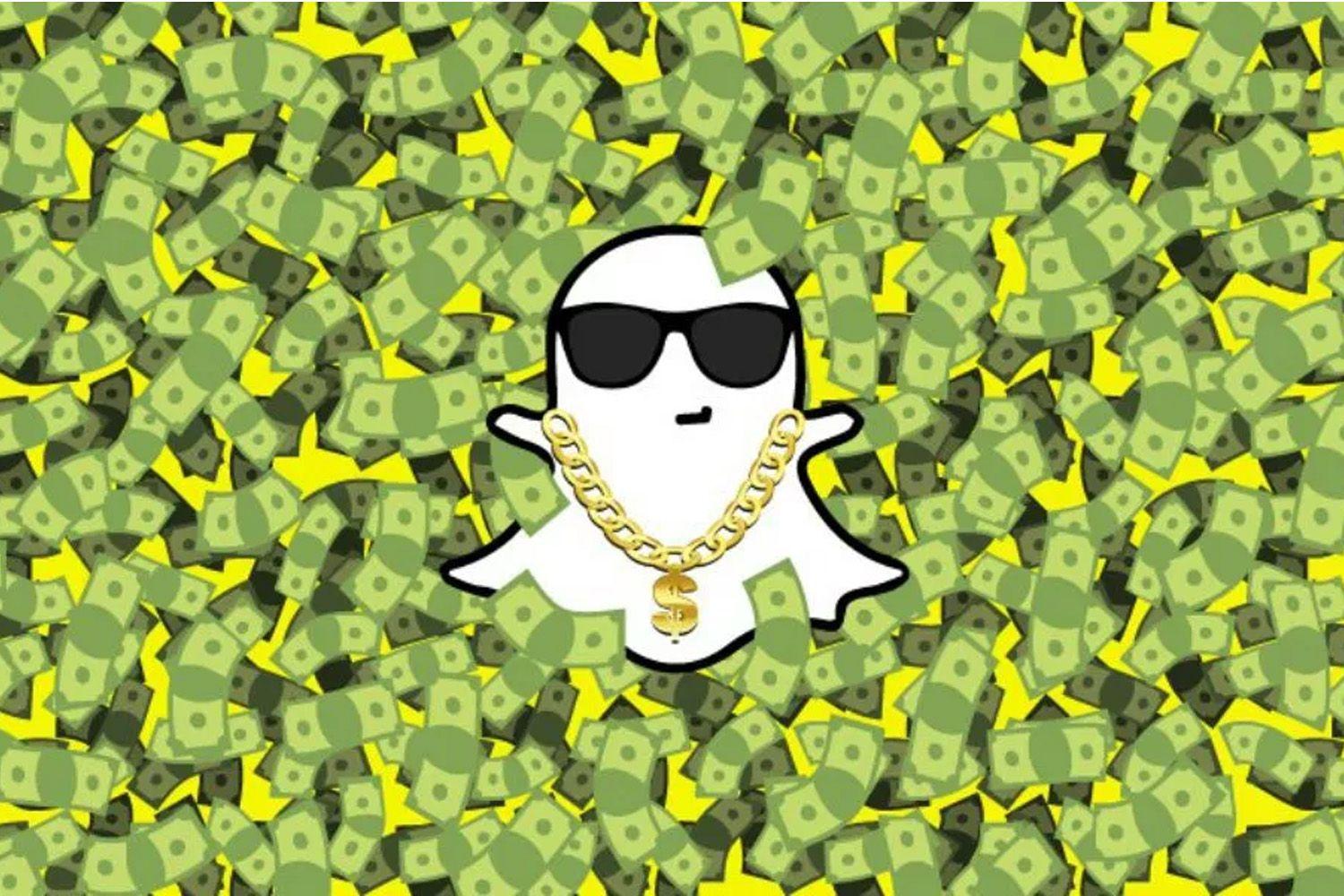News >

Hearts & Science’s Ben Hovaness Comments on Snap’s New Reach and Frequency Tool
This article was originally published by Digiday
Facebook’s copying of Snapchat has contributed to the latter’s downfall. Now, it’s Snapchat’s turn to borrow from Facebook’s playbook.
Snapchat launched a reach and frequency tool in April that allows marketers to buy Snap ads for a set CPM if planned in advance, akin to TV buying. Facebook started beta testing its tool in early 2014 and launched it later that year. Each system helps advertisers better evaluate how much they will spend to reach a particular audience for a campaign. Advertisers can limit the number of times a user is shown an ad in the hope of increasing the quality of the campaign.
Snap’s latest earnings report failed to impress the stock market, as the company missed revenue estimates and projected a slowdown in ad revenue growth. As Snap grows its programmatic offering, its ad prices have been falling and contributing to less revenue. This reach and frequency tool could help reverse that trend.
“100 percent yes [it helps Snap financially] if it drives more advertisers to adopt Snap ads. With second-price auction mechanics, even if all your advertisers are bidding the same amount on average, the CPM yield, or price per ad, will rise if more advertisers enter the ads auction,” said Ben Hovaness, executive director of digital activation at Omnicom’s Hearts & Science, one of the agencies testing the tool.
Unilever UK, Procter & Gamble U.S., Google U.S., Google UK and Microsoft UK are all involved in the beta, Snap’s chief strategy officer Imran Khan said in Snap’s prepared remarks for its earnings call on May 1.
Khan said in the remarks that the tool was “a key request from advertisers looking to plan and buy in advance on Snapchat. Only a few other scaled platforms have brought this tool to market.”
Facebook offers a reach and frequency tool for buyers. Google has a tool called Reach Planner in beta for media planning. Twitter does not offer such a tool. Snap CEO Evan Spiegel did staff his team with former Facebook employees. For example, Sriram Krishnan joined Snap in 2016 from Facebook, where he helped launch an ad network.
“This tool is very much designed to be a clone of Facebook’s tool,” Hovaness said. “They aren’t shy about saying that, and it’s a smart move because it allows planners to more easily fit Snap into broader media plans.”

For years, advertisers such as big consumer packaged goods companies have used Facebook’s tool to help them track their campaigns’ impact on product sales.
Facebook “introduced ad-buying capabilities based on reach and frequency metrics, which is similar to how brand marketers buy TV ads and therefore enables better cross-comparison. There are other benefits, too, including predictability,” a Facebook spokesperson said.
Snapchat launched its official application programming interface in October 2016 that helped advertisers purchase with real-time analytics. In December 2016, Snap introduced goal-based bidding. It launched a self-serve platform the next year. But while those moves matched Facebook’s, Snapchat didn’t offer “predictability” at scale, said Hovaness, until releasing this reach and frequency tool.
One major difference between Snap’s system and Facebook’s original version is that Snap’s allows advertisers to steadily deliver ads throughout a period rather than having them appear all at once.
But Snap’s tool doesn’t allow specifics for targeting watch time. For example, advertisers can’t request optimizing a campaign for 30-second video views.
“We’ve received positive feedback so far around pacing and ease of use,” said Peter Sellis, Snap’s director of revenue product. “As you might expect, advertisers would love to book further in the future and specify secondary objectives, and we are always listening closely.”
Snap hasn’t released a timeline for releasing the product beyond beta.
“There’s still a lot of work to do to fully bring this tool to market,” said Khan during the earnings call. “But we’re excited that this new buying method will empower advertisers to efficiently share their stories on our platform.”


